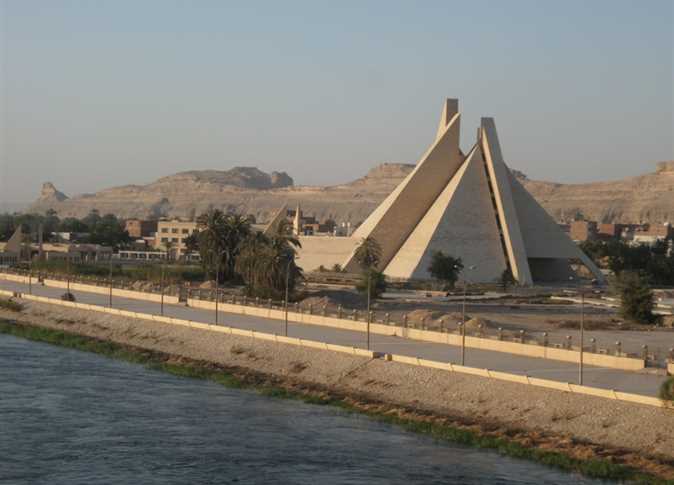The Fall of the Inheritor's Gang (Konouz, 2011) by journalist Hamada Emam discusses the rise of Gamal Mubarak and the new guard who surrounded him on his presumed road to the presidency.
At the beginning of his career, Gamal was a quiet and rather tough-looking young man majoring in business administration at the American University in Cairo. His professor, Dr. Sabri al-Shabrawy, advised him to go into social work, but Gamal chose to go into business abroad. After working in England's banking industry, Gamal Mubarak returned home to start community work by launching the Future Generation Foundation. This seemingly independent initiative–an NGO dedicated to job training–would in fact serve as a step for Gamal’s next career move, the political committee within his father’s ruling National Democratic Party.
Emam reports that Gamal then surrounded himself with a group of followers known within the Egyptian political arena as the "new guard." Among them were Youssef Boutros-Ghali, Mohamed Lotfi Mansour, Ahmed al-Maghraby, Rachid Mohamed Rachid and Ahmed Ezz. Despite being in constant conflict with the members of the government’s “old guard” (which included former NDP Secretary General Safwat el-Sherif and former presidential Chief of Staff Zakareya Azmi), the group gradually took over Egyptian political life with a detailed plan starting in 2000. Boutros-Ghali became minister of finance, Mansour became minister of transportation, al-Maghraby became minister of housing, Rachid became minister of trade, and Ezz, a businessman, became a legislator.
The book discusses certain political figures that paved the way, directly or indirectly, for the "little pharoah" to take the throne. Ezz tops the list; his rise from a romantic drummer in the 1980s to the tycoon of the steel industry in the new millennium helped Gamal immensely. According to Emam, Ezz financed the presidential elections in 2005, and by the end of 2007, Ezz was in control of 60 percent of the steel market in Egypt.
Next on the list of followers is former Interior Minister Habib al-Adly. Al-Adly was accused of the murder of over 300 protesters during the 25 January revolution. Emam writes that during the investigation, al-Adly tried to pass the blame on to others, like the Head of State Security General Hassan Abdel Rahman, who allegedly gave incorrect information to his seniors. Al-Adly claimed that he is against violence and knows nothing of the shootings that occurred in Tahrir, adding that the camel incident was arranged by another former NDP member.
The list of Gamal conspirators is seemingly endless. Emam’s book goes on to name political, economic and social figures such as Rachid, Ibrahim Kamel, Magdy Rassekh, Zohair Garana and many others, as men who have associated themselves with the former regime and managed to make billions because of their corrupt political dealings.
Egyptians are particularly eager now to read and learn more about the scandals of the fallen regime. Emam’s book joins the growing catalogue of “revolution books,” which attempt to make transparent a regime characterized by its hidden corruption. Although his book offers little new information, it is a good compilation of the astounding corruption of the Mubarak regime–and the aspiring corruption of Gamal Mubarak–and surely just the beginning of a worthy publishing trend.




